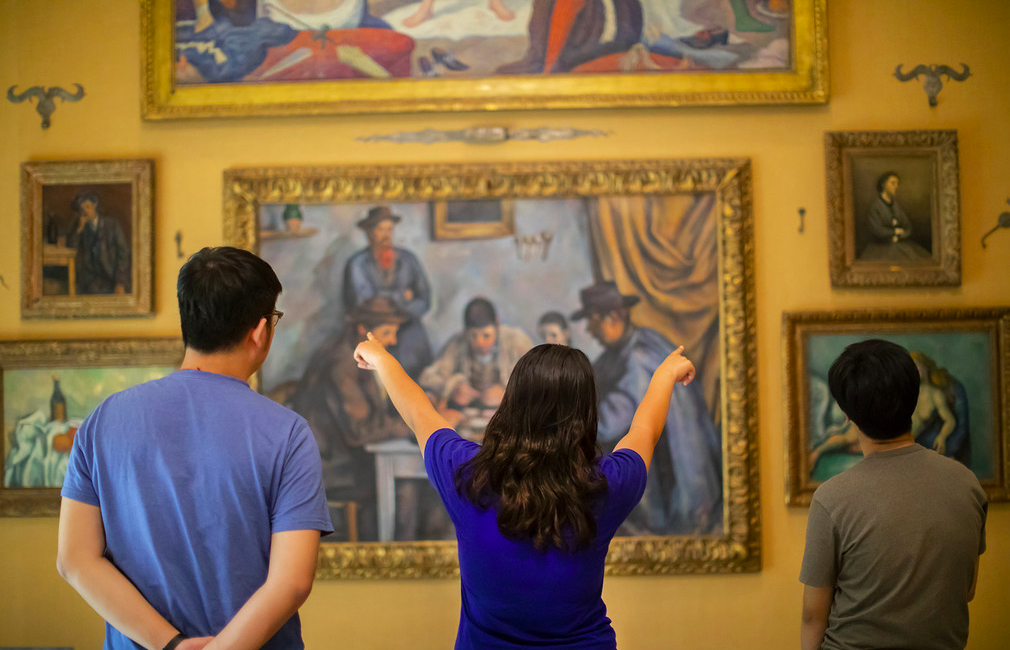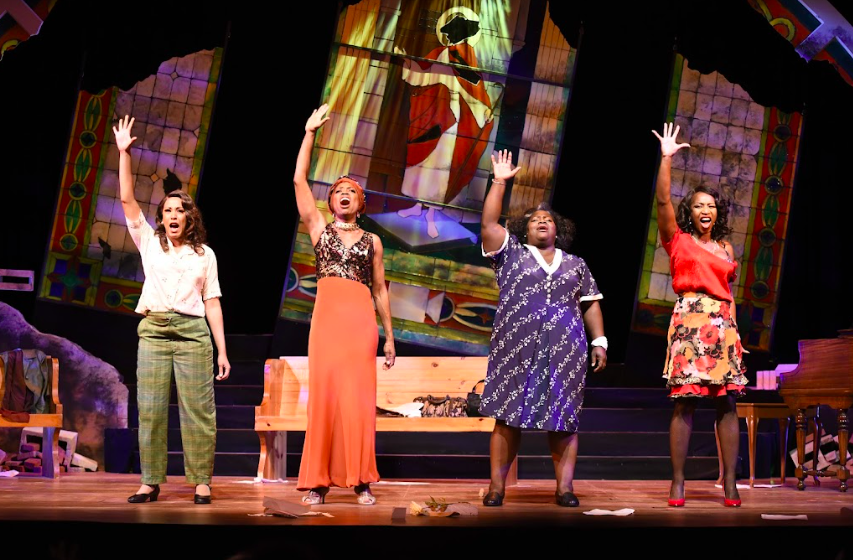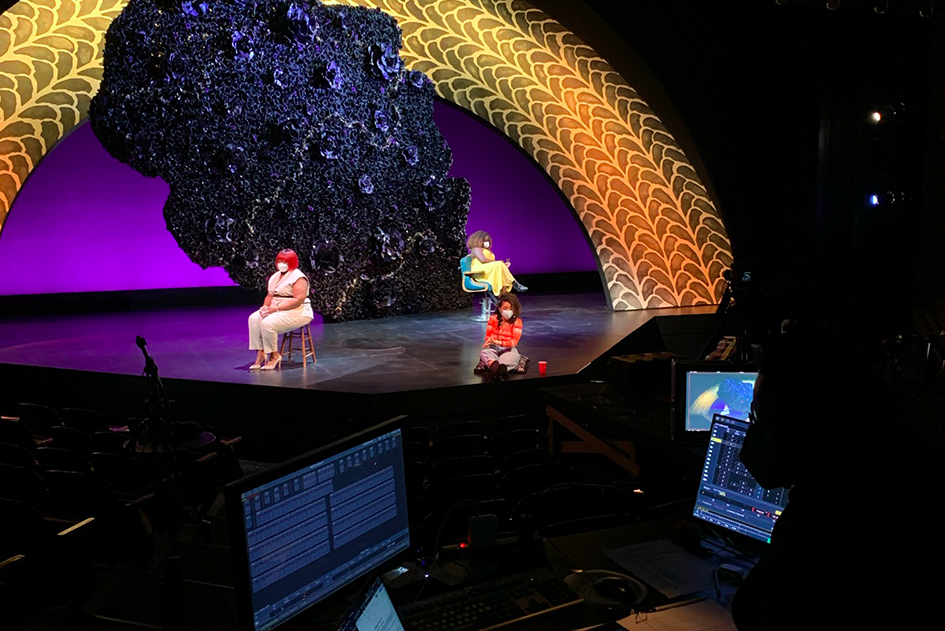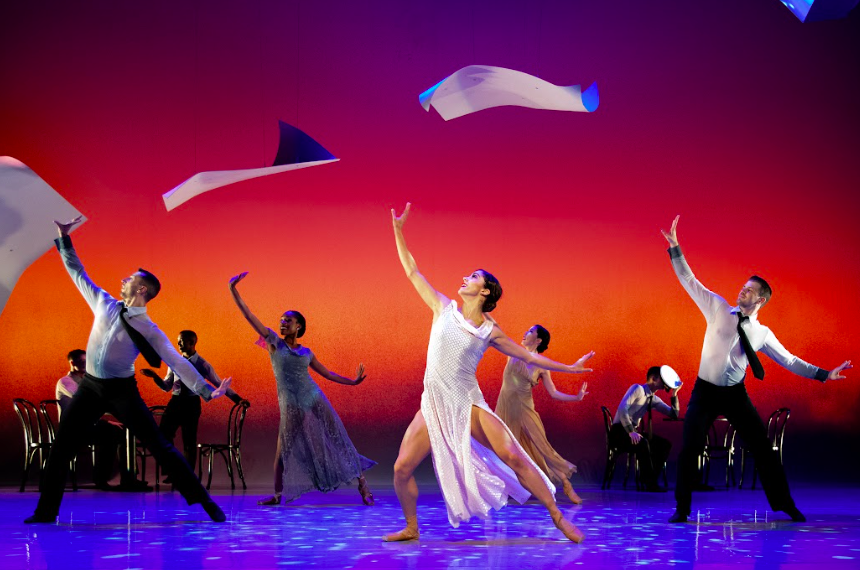Expanding the reach of visual arts education and enrichment online
Founded with an educational mission by Dr. Albert C. Barnes in 1922, the Barnes Foundation today presents and interprets Barnes’s collection in a permanent museum installation. The Foundation also offers changing exhibitions and educational programs, all from its downtown Philadelphia location, which opened in 2012.
Barnes was an avid collector who purchased works of art over a thirty-year period that include many of the most important impressionist, post-impressionist, and modern artists of the era, as well as Indigenous artworks and examples of decorative and industrial arts. At his custom-built residence and gallery in Merion, Pennsylvania, Barnes arranged his collection in “ensembles”—non-traditional groupings of artworks, furniture, and objects. Intended as pedagogical, the ensembles juxtapose items in the collection to illustrate and teach people about art. Barnes’s educational philosophy and methodology have become known as “the Barnes method,” which involve close observation, critical thinking, and prolonged engagement with the works themselves. In his Merion building, Barnes offered free art appreciation courses, welcoming people from all walks of life, from novices to scholars, to learn from and about the collection.
The Barnes Foundation’s 2012 relocation to a new building in downtown Philadelphia meticulously retained the original ensembles, presenting them in a more accessible, visible location. The move fostered expanded exhibitions and public programs, and significantly increased visitorship. With the physical move, the Foundation also began investing in digital capacity and was increasingly recognized among museums for its creative technology explorations. For example, the Foundation launched a mobile app, revamped the website, and invested in on-site technology to help visitors navigate the collection and understand the unique nature of the ensembles. However, there was no distance learning component pre-pandemic, despite the fact that the Foundation’s in-person educational offerings were fully booked, particularly those for K-12 schools.
Thomas Collins, the museum’s executive director and president, says that, “With no assessment, no marketing plan, no nothing, we were able to launch educational programs online only 12 days after we were required to close.” He adds that “a defining factor in our success is the talent and careful planning of our IT and AV departments. They were able to move quickly. The talent was there and we had the resources.”
The result is a robust catalog of online offerings that brings the Barnes collection and its educational programs to more than four times the number of participants pre-pandemic. New revenue totaling more than $1 million from enrollees in 42 states and eight countries is allowing the Foundation to offer quadruple the number of need-based scholarships. By iterating with each successive wave of offerings, the museum is strengthening educators’ ability to connect with students in the online environment and improving the ways in which visual materials are presented. Additionally, the Foundation is ramping up the research and development processes needed to create a new, future-facing platform that include simmersive technologies and increased levels of student and teacher engagement. “What should the delivery of these programs look like 3 years from now, 10 years from now?” asks Collins. “That’s what we are thinking about.”
A multi-department and multi-disciplinary group works on the development of the museum’s online programming. The group is co-led by Will Cary, chief of business strategy and analytics, and includes the chief creative technology officer, the deputy director for research, interpretation, and education, and the newly hired director for research and evaluation. Multiple funders have lent their support and brought expertise, including Amazon Web Services. This leadership team not only implemented the initial, immediate shift to digital but also is helping to imagine future offerings and ways of reaching new audiences.
The Barnes Foundation intends for its platform to be one that other museums can utilize, based on the museum’s emergent experiences during the pandemic and its planned investments in research and development. For certain, the Barnes intends to invest and grow both its capabilities and its offerings in coming years. “There are so many settings where art provides an avenue for expression and healing, whether for alleviating PTSD, overcoming isolation, easing dementia, supporting literacy, teaching English Language Learners, and in so many more settings than what we can serve today,” says Collins. “Right now we are focused on serving the education sector, but we think the possibilities are endless.”

